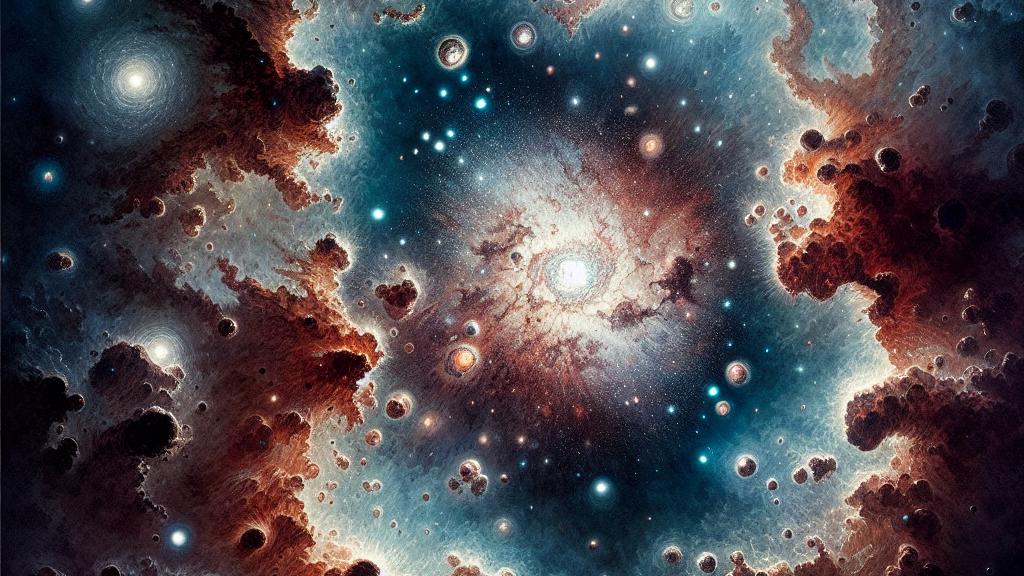Exploring the Evolution of Supersoft X-ray Sources
Overview
- German astronomers utilized advanced XMM-Newton and Chandra satellites to investigate RX J0513.9−6951, revealing pivotal insights.
- A striking anticorrelation was uncovered, highlighting the intricate dance between optical brightness and X-ray emissions.
- New theoretical models suggest that surrounding clouds significantly contribute to observed fluctuations in light and X-rays.

Groundbreaking Discoveries in the Large Magellanic Cloud
In the depths of the Large Magellanic Cloud, a remarkable astronomical object named RX J0513.9−6951 has captured the attention of the scientific community. Recently, a team of dedicated German astronomers embarked on a pioneering study, utilizing the extraordinary capabilities of ESA's XMM-Newton and NASA's Chandra spacecraft. These powerful instruments allowed them to gather comprehensive data, leading to discoveries that challenge traditional notions about supersoft X-ray sources. Since its initial discovery in 1993, RXJ0513 has continued to fascinate astronomers, revealing unique characteristics that make it a vital piece in the puzzle of stellar evolution.
The Fascinating Anticorrelation Phenomenon
One of the most captivating revelations from this research is the unexpected anticorrelation between the optical and X-ray emissions from RXJ0513. To illustrate, imagine a dance where one partner rises as the other falls; such is the relationship between these two forms of light. When the optical brightness dips, often lasting from 20 to 40 days, the X-ray output simultaneously surges, demonstrating a relationship that is both complex and predictable. Notably, this cycle recurs every 100 to 200 days, providing astronomers with a tangible rhythm to study. This remarkable interplay prompts deeper questions about the processes of mass accretion and thermonuclear reactions occurring on the surface of the white dwarf at the heart of this binary system.
A New Paradigm Emerges from the Data
Delving further into their findings, the researchers stumbled upon insights that notably contrasted with established models. They found that as the optical flux decreased, there was a direct increase in both the photospheric radius and bolometric luminosity of the white dwarf. This contradicts what many had previously accepted and beckons for a fresh look at our understanding of nuclear burning and accretion processes. To make sense of these complexities, the authors proposed an innovative model highlighting that clouds surrounding the accretion disk may scatter and trap light, radically influencing what we observe. Such revelations not only enrich our understanding of RXJ0513 but also invigorate the broader discussion around supersoft X-ray sources, challenging us to reconsider the factors that govern the universe’s most mystifying phenomena.

Loading...